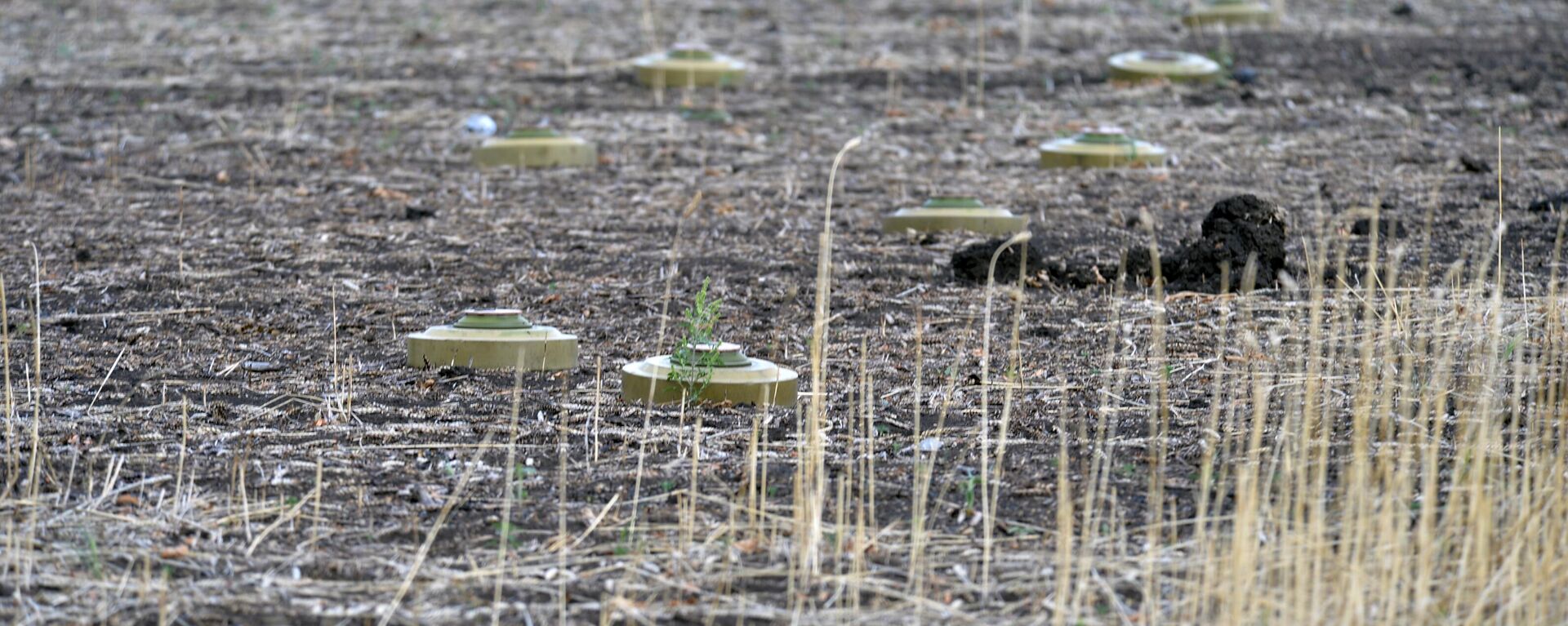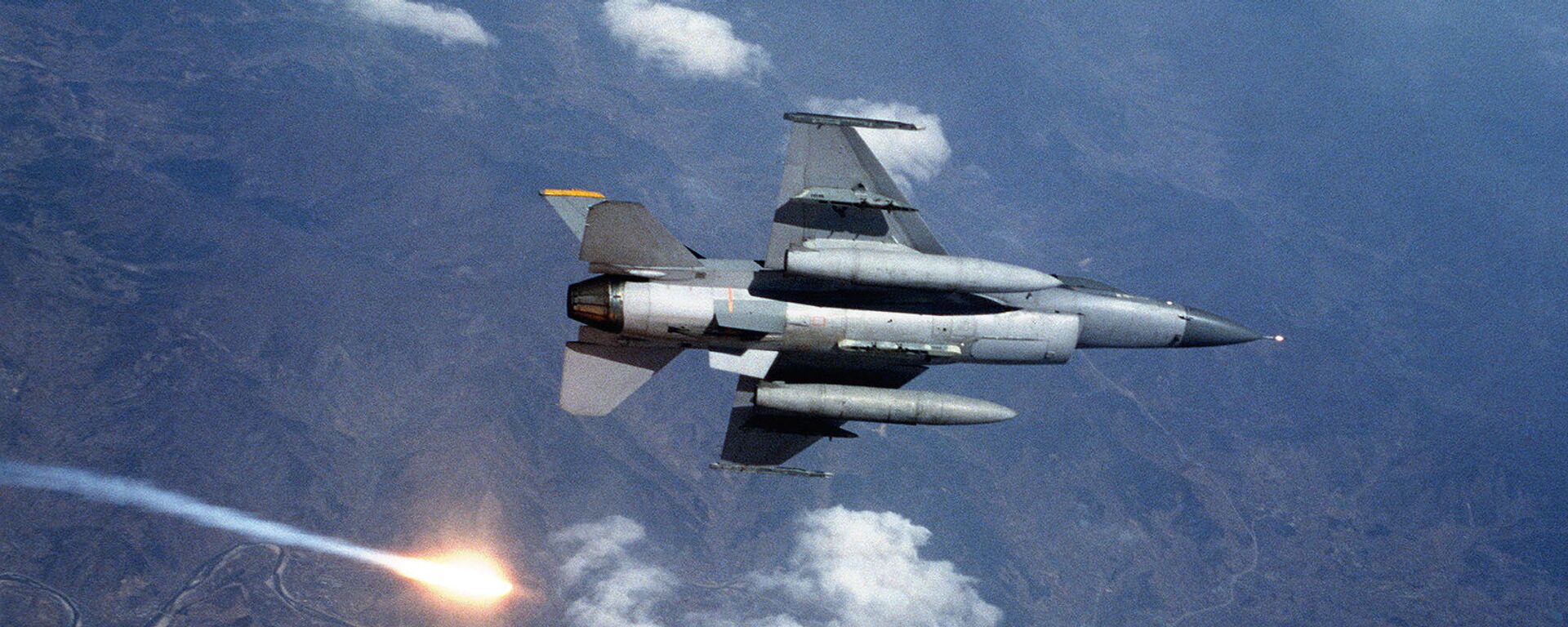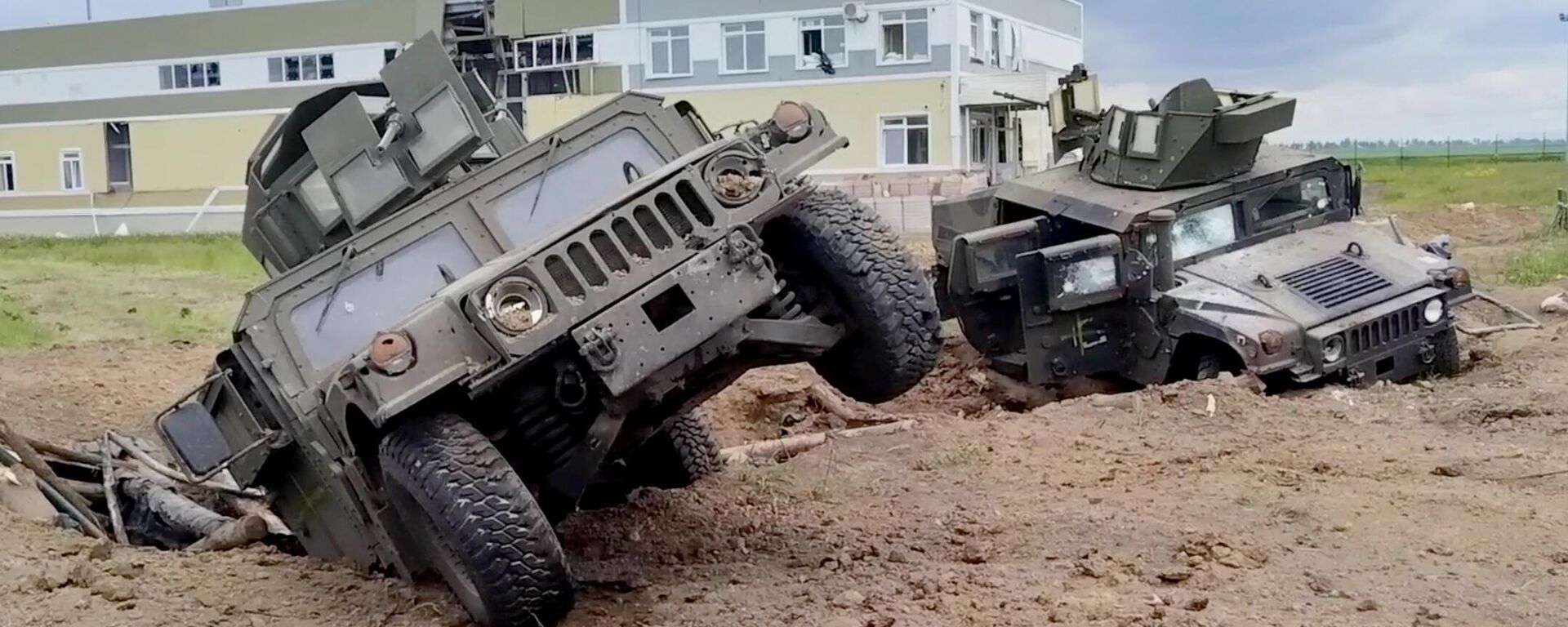Scott Ritter: Ukrainian Counteroffensive Stumbles Over Russian Minefields

Valery Zaluzhny, the commander-in-chief of Ukraine’s armed forces, has lambasted the failure of the west to provide aircraft while at the same time pushing Ukraine to conduct a large-scale counteroffensive that no NATO country would dare attempt without possessing air superiority over the enemy.
Not so fast, says the Chairman of the Joint Chiefs of Staff, General Mark Milley.
“The casualties that the Ukrainians are suffering on this offensive are not so much from Russian airpower,” Milley observed. “They're from minefields—minefields that are covered with direct fire from anti-tank hunter-killer teams, that sort of thing.”
It’s almost as if General Milley was familiar with the Russian way of war, as manifested in the doctrinal application of “maneuver defense”, where a combination of deep fires, distance mining, ambushes, fire sacs, flanking and raid detachments would be used to inflict enemy casualties, gain time, and preserve friendly forces, all the while accepting the potential for the temporary loss of territory.
What's interesting is the battle that Milley describes—one where an attacking force must navigate defensive barriers consisting of minefields all the while coming under effective fire from anti-tank teams—describes combat with what the Russians call the screening force, operating within the so-called "crumple zone"—the initial part of the Russian defensive position designed to slow down and break up an attacking force.
Doctrinally speaking, Russian air and artillery fires do not become decisively engaged until an attacking force reaches the first line of prepared defenses, after which both air and artillery will be brought to bear on pre-designated “fire sacs” which the attacker is pushed into by a combination of minefields and defensive positions. Even here the Russians avoid decisive engagement, pulling back to a second line of defenses likewise defined by obstacle barriers consisting primarily of minefields.
Therein lies the source of General Zaluzhny’s frustration—the NATO trainers who ran the Ukrainian forces earmarked for the ongoing counteroffensive through there paces in the training grounds of Germany were anything but experts on the subject they were teaching—the reduction of a fortified position in depth. Too many assumptions were made about the viability of untested NATO mine-sweeping technology, while too little attention was paid to the reality of Russian defensive warfareand the role played by mines in impeding any advance.
Old school Cold Warriors, especially those who participated in the last major breaching assault against a heavily mined fortified defensive position—the Iraqi forces dug in along the Kuwaiti border with Saudi Arabia during Operation Desert Storm in February 1991, understand what it takes to methodically clear a minefield that is covered by enemy direct and indirect fire. The answer is firepower that meets or exceeds that available to the enemy. Ukraine possesses nothing close to the fire support available to Russia.
The issue goes far beyond whether Ukraine possessed a few F-16 fighters—as General Milley pointed out, for Ukrainian F-16’s to have any impact on the battlefield, Ukraine would have to field hundreds of them, something that is beyond their ability to perform, and NATO’s ability to provide. Russia currently outguns Ukraine in terms of artillery tubes and multiple rocket launchers by a factor of seven- to ten-to one. Russia is simply able to lay down more firepower than their Ukrainian counterparts—and this doesn’t even consider the fact that Ukraine is running out of artillery ammunition.
There is no easy way to clear a minefield. It is slow, dangerous, laborious work that must be undertaken by properly trained and properly equipped forces who are protected from enemy fire by the overwhelming application of friendly suppressive fires.
Ukraine lacks this capability, and General Milley knows it. The fact that General Milley fails to admit this, and encourage the Ukrainians to stop their lemming-like appointment with death, is an indictment of his lack of professionalism as a soldier, and the United States as a society totally lacking in humanity.





No comments:
Post a Comment